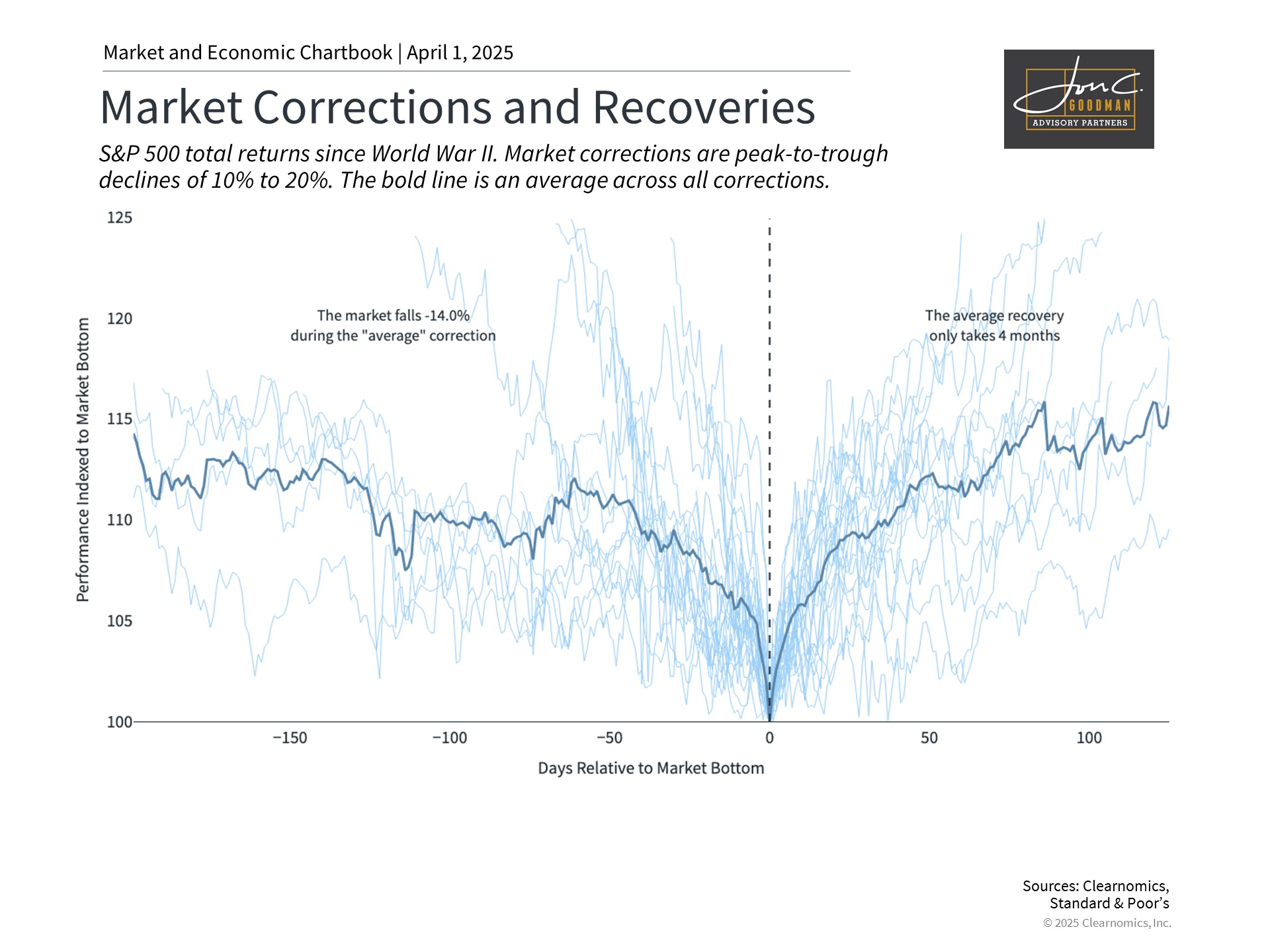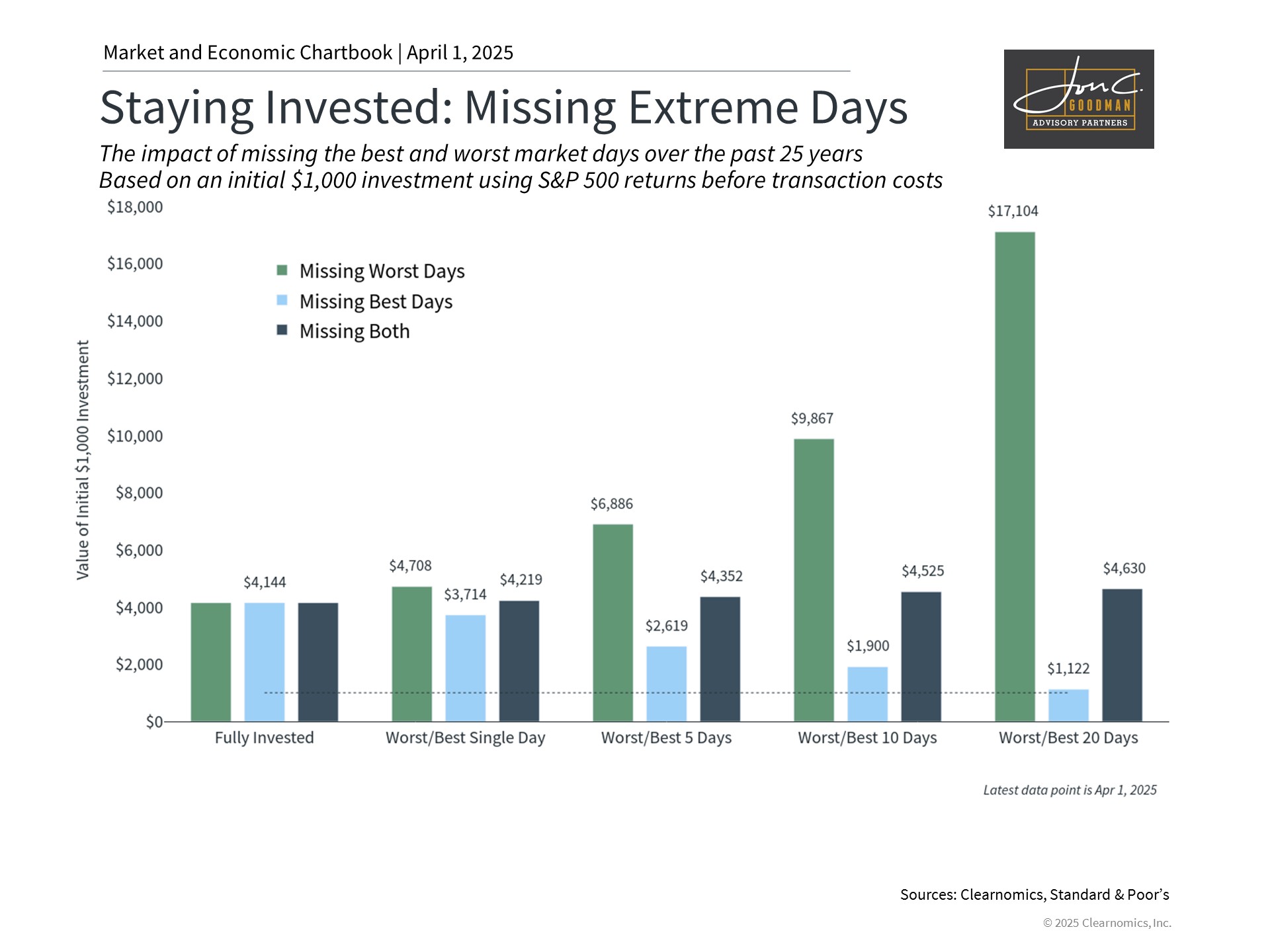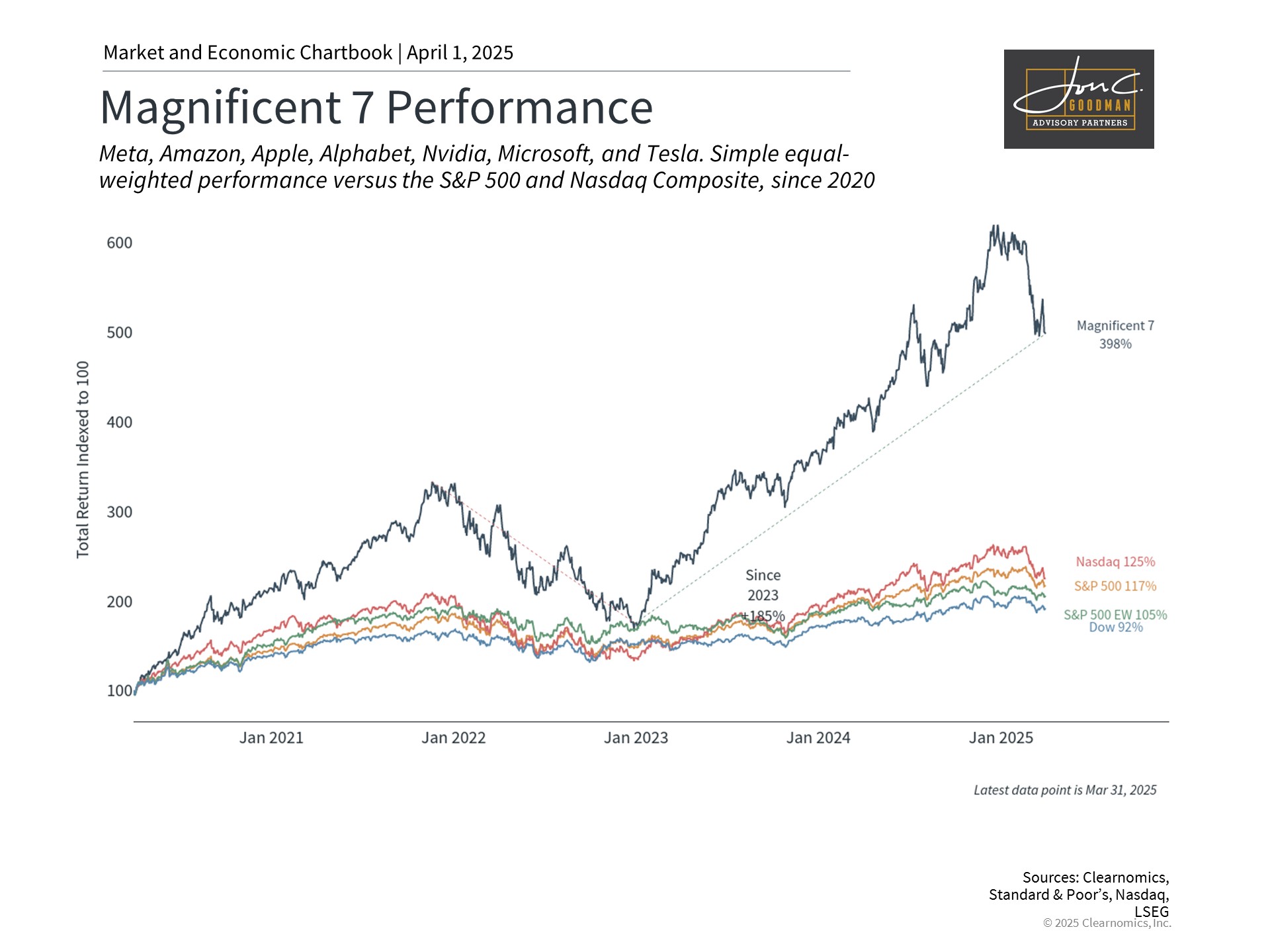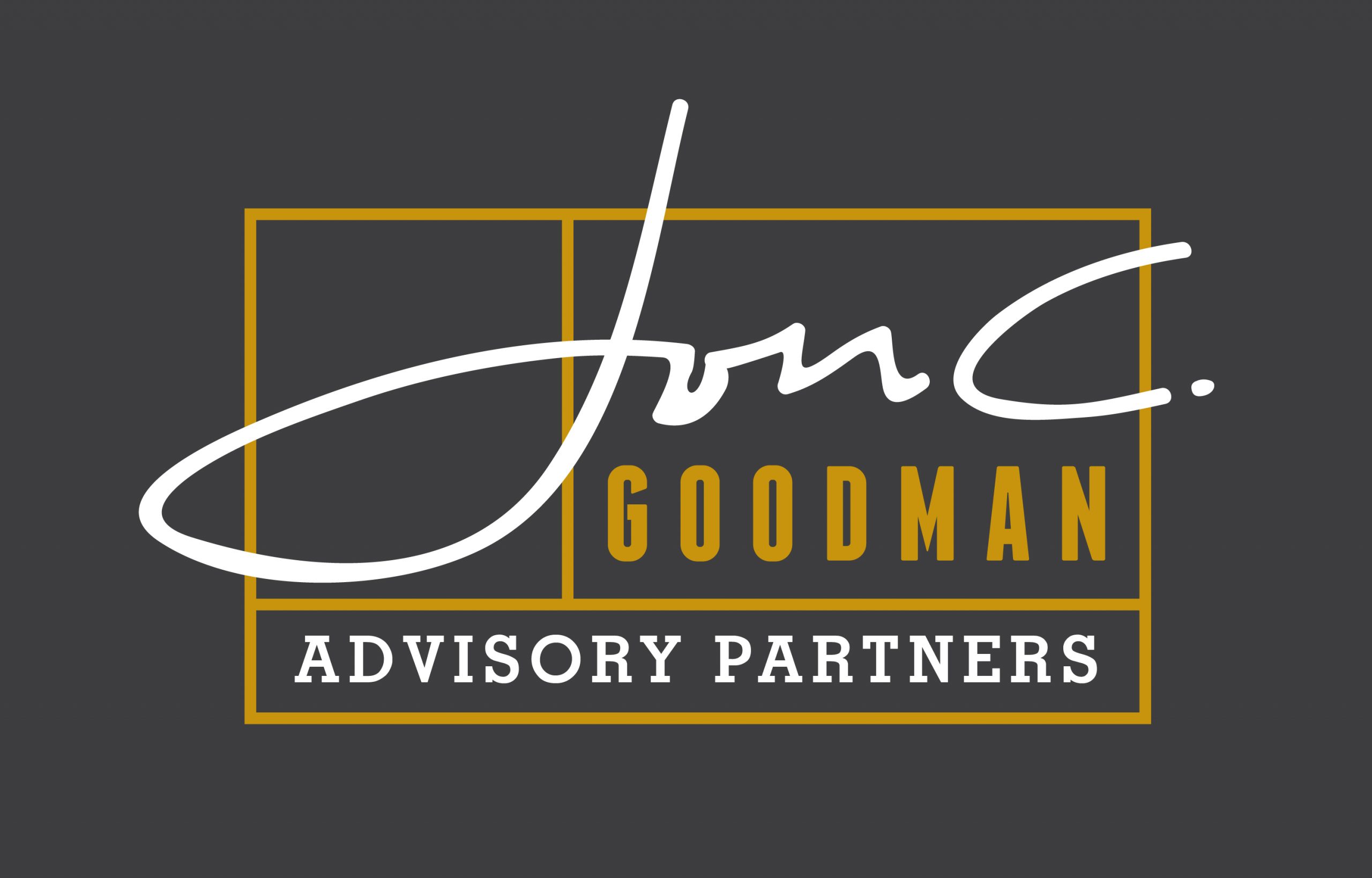Welcome to the new and improved “Advice for the [Good] Life: Your Pathway to Wealth and Wellness.”
So why the change? And why now?
Simple.
Because market updates, encouraging the world to stay invested and diversified alone aren’t enough anymore, and with longevity risk greater than it’s ever been–even as outliving one’s money was already the greatest fear among retirees–it’s high time we focus on wellness, too.
And not just financial and physical wellness either. Spiritual and mental wellness. Relationship wellness.
The works.
Going forward the goal is to make this dispatch–that’s already been successful by most standards with a 55% open rate–more relevant and shareable.
Plus, to make it two-way street. Where you, the reader, can simply hit reply to relay a question, seek clarification, or beg to differ.
And, last but not least, to foster connection and greater fulfillment for us all across multiple wellness categories.
But that’s not all.
Soon, you’ll see improvements to our website as well. Not only will it be 100% client centric (Your Journey, Your Guides, Your WealthPath, Your Correspondence, Your Client Portal, etc.), but it will be clearer about what’s on offer (LearningPath, GlidePath powered by millionaireME, and WealthPath).
What’s more, the new approach will be truer to where we live and who we serve here in the Northern Rockies–what I refer to as the Greater Yellowstone/Grand Teton Region and Beyond. Hence the new moniker, Last Best Advisor, not as a boast but a nod to our headquarters here in beautiful Bozeman, Montana.

Fear not, though, chart and bottom line lovers…the previous format will remain intact. The graphics that you appreciate and enjoy will still convey. They simply won’t dominate the Weekly is all.
Happily, we will be adding a new section called The Wellness Navigator. In fact, momentarily I’ll be providing the bio of the Wellness Navigator herself, Christine Despres. Suffice it to say that we are over the moon that she will be a fixture in the newsletter for the foreseeable future.
Finally, I will be adding a section entitled “Etcetera” that will include links to articles and videos that I found interesting and relevant to our theme–and, more often than not–were forwarded to me by many of you.

So, again, welcome to the next chapter of “Advice for the [Good] Life” and JCG Advisory Partners, your friendly, neighborhood Last Best Advisor.
Let’s dive in!
Your Wealth Advisory: Navigating Tariff Uncertainty and Ongoing Market Volatility
Recent market volatility driven by tariff discussions has pushed major indices toward correction territory, creating a sense of déjà vu for many investors. The technology sector’s downturn and ongoing trade policy uncertainties have left some wondering when markets might find stable footing. However, maintaining a broader perspective is crucial for navigating these challenging times.
Market cycles, like natural seasons, include both periods of growth and decline. While market corrections can feel like an endless winter, history demonstrates that these periods eventually transition into more favorable conditions. Though current trade policy concerns present unique challenges, past experiences suggest markets typically stabilize once uncertainty diminishes.
Historical data shows market recoveries often emerge unexpectedly.

Currently, the S&P 500 approaches correction levels, defined as a 10% decline from recent highs, while the Nasdaq has maintained correction status for about four weeks.^1 Recent weeks have witnessed significant market fluctuations, with major indices often experiencing daily swings of one to two percentage points due to economic uncertainty.
A common market observation notes that upward trends tend to be gradual while downward movements occur rapidly – similar to taking stairs up versus an elevator down. Market recoveries typically develop slowly through steady gains, while fear-inducing events can trigger sharp, sudden declines as seen throughout this year. However, it’s worth noting that even new market lows tend to exceed previous cycle peaks, suggesting an overall upward trajectory despite periodic setbacks.
This context is particularly relevant now, as the current S&P 500 correction references the all-time high from February. From a broader perspective, the market has only retreated to levels seen last September, highlighting the importance of maintaining a longer-term view.
The chart demonstrates that market corrections are routine events, averaging 14.3% since World War II. Despite these regular occurrences, major indices have historically recovered within months, often when least anticipated. Recent examples include recoveries during the pandemic in mid-2020, after the technology-driven bear market in late 2022, following the banking crisis in early 2023, and numerous other instances.
Market timing strategies often lead to suboptimal results.

Market volatility often tempts investors to attempt timing their market exposure, seeking safety during downturns. However, this approach frequently proves counterproductive, as investors commonly miss the initial stages of recovery. Similarly, waiting for clear signs of market improvement can significantly impact long-term returns. The accompanying chart illustrates these effects by showing the impact of missing both extreme positive and negative market days over 25 years.
While avoiding market downturns seems appealing, consistently achieving this proves extremely challenging, if not impossible. Even with perfect timing of extreme market days, the outcome only slightly exceeds the returns from maintaining consistent market exposure. Given that most investors react to past events rather than anticipate future ones, historical evidence supports maintaining long-term focus rather than responding to short-term market movements.
Impact of trade policy on markets and technology sector.

Market participants continue evaluating various potential outcomes from the administration’s tariff policies, often employed as negotiating leverage on broader issues including immigration. Consumer sentiment and inflation concerns have already responded to potential price increases. More extensive implementation, including potential reciprocal measures from trading partners, could impact global economic growth over time.
While current tariff developments create uncertainty, their full economic impact develops gradually. Understanding how businesses adjust supply chains, whether they absorb or pass along costs, and how trading partners respond requires several quarters of observation.
The technology sector, which previously led market gains, has experienced notable declines as shown in the chart. These movements should be considered within the broader context, particularly noting the substantial gains of Magnificent 7 stocks over the full cycle. These significant fluctuations exemplify why certain stocks and sectors are considered more volatile.
Meanwhile, several sectors including Energy, Healthcare, Utilities, and Financials have demonstrated resilience. Despite recent volatility, eight of eleven S&P 500 sectors maintain positive performance over the past year. This highlights the value of diversification across market segments within well-balanced portfolios aligned with long-term financial objectives.
The bottom line? While tariff concerns have increased market volatility and particularly impacted technology stocks, historical evidence suggests maintaining a long-term investment approach remains the most effective strategy for achieving financial objectives.
Your Wellness Navigator: Introducing Holistic Health Coach Christine Despres, BSN,RN, NBC-HWC, CDP

For over 30 years, Christine has been a dedicated registered nurse, working in a variety of healthcare settings from Jackson Hole to San Francisco, and Montana to now Atlanta, GA. But she always knew there was more to true wellness than just treating symptoms. Her passion for holistic health led her to explore functional medicine, nutrition, fitness, and aging science—seeking the root cause of illness rather than just managing it.
Now, as a Board-Certified Health & Wellness Coach, Christine helps clients take control of their health by making simple, sustainable changes that encourage aging well, preventing disease and feeling amazing.
She believes that food is medicine—but it should never taste like it! Instead of restrictive diets, she teaches clients how to use real, delicious food to nourish the body, balance hormones, and support brain health—while still enjoying life.
Christine is here to help you take the guesswork out of wellness. Together, you’ll focus on six essential pillars of holistic health:
1. Nourishing food (not dieting)
2. Movement (in ways you enjoy)
3. Mindfulness, sleep and stress management
4. Hormonal Balance for energy and longevity
5. Optimized Brain Function and social connections to support memory and mental clarity
6. Detoxifying daily for better digestion and removing toxins.
Through her guidance during 1:1 online health coaching, you’ll discover how to thrive by unlocking your body’s true potential to heal, function optimally, and feel energized. This is not about a diet or a fad—it’s a personalized journey to lasting health and vitality.
“It is health that is real wealth, not pieces of silver and gold.” Mahatma Gandhi
If interested in working with Christine directly, you can reach her through her email at christine@thewellnessnavigator.com (mailto:christine@thewellnessnavigator.com) or www.thewellnessnavigator.com.
ETCETERA
- To read: For real estate owners and holders of cash equivalent assets, Ray Dalio’s portfolio for all seasons.
- To watch: $15 Excel cheat sheet.
- To ponder: John Rubino’s Substack article, “The Weirdest Housing Bubble Ever.”
Whew! That was a lot and plenty for today.
You get the gist, I hope.
It goes without saying, I’m glad to have you along for the journey.

To Schedule a 15 minute call, click here.
P.S. To find or follow me, just click on any of the social links in the footer.
